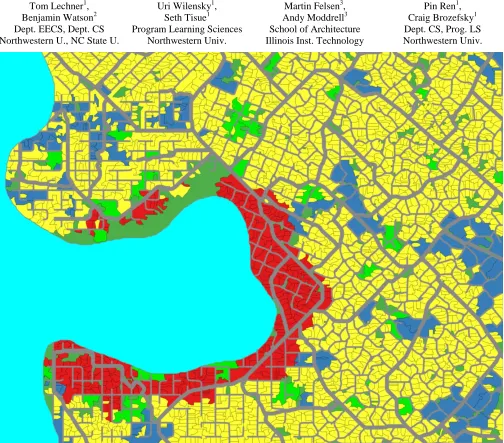Procedural modeling of urban land use
Full text
Figure




Related documents
Through formal methods, law enforcement against criminal acts of terrorism can be done with the Criminal Justice System (SPP). The criminal justice system is defined as a system
Let (Ω, F, P) be a complete probability space.. Filtrations play an important role in martingale theory and the theory of Markov processes. Further, in applications to
(The query is a SELECT statement that identifies the columns and rows of the table(s) the view uses.) Snapshot: A Snapshot is a recent copy of a table from database or in some
This service aims to provide users with journey via bike, bus and car options with the smartest route between their actual position and a selected destination. In order to avail
My thesis proposes using the Akan single-tiered unitive perspective on reality in two ways: first, as a hermeneutical tool for reading and understanding African Christian
Holds a Mechanical Diploma and has more than 28 years hands-on experience in erection of boilers and different power plant systems, machines, piping, fans, ducts, steel
This was done by analyzing the extent to which the sample of Kosovan start-ups consider branding as an important strategy for their businesses, how much of branding they
The analysis initiates with four career stages, specifically recruitment stage, early-career stages, mid-career stage and late-career stage, then constructs a preliminary



